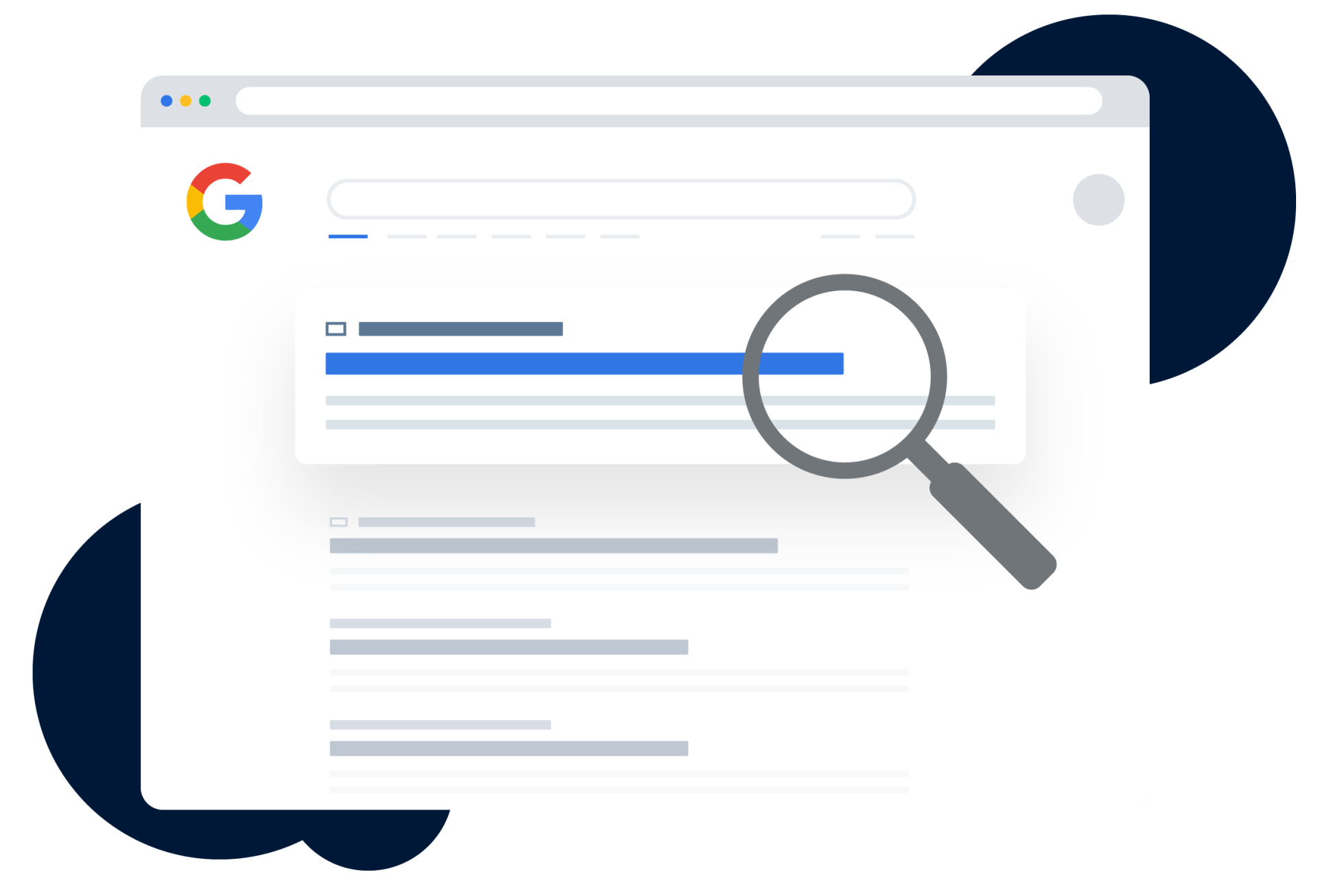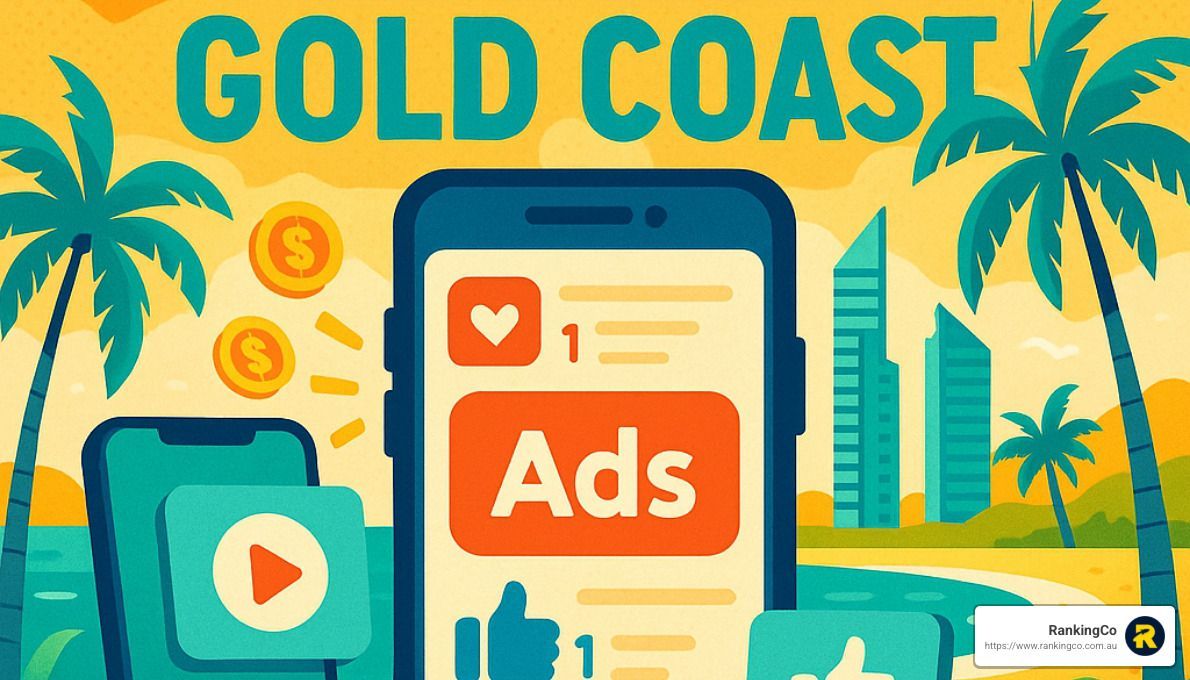How to create search engine friendly title tags
Looking to improve your website’s SEO? A commonly overlooked element is title tag optimisation. If you can learn the little ways to optimise them, you could be seeing vast improvements in your site’s organic search visibility.
Whether you’re looking for
tips for successful SEO, or want to increase the impact of your content marketing strategy, optimising is a crucial step.
We’re here to show you best writing practices and how your titles actually affect your ranking and click-through rates in search results.
What Is A Title Tag?
Title tags, also known as Page titles, Website titles or HTML titles, are the clickable title of a webpage that appears with the results on the search engine results page.
Some systems like WordPress have forms that automatically set title tags around your page titles on your website when you create new pages.
Google only displays 60-70 characters of a page title in its results, so you should be aiming to make your SEO titles at least 60 characters long. Clear and concise title tags go a long way towards making your website easy to understand.
Why Are Title Tags Important?
Title tags show people and search engines the main topic of your webpage. They tell search engines how relevant your page is to a user's question. It is because of this, that you should be ensuring your title tags are accurate and relevant to the content as possible.
Where Are Titles Tags Shown?
Other than being displayed on your own website, title tags will appear in other places you should be aware of. If you are aiming to bring attention to your site from searches, your title should be able to work everything it appears.
Browser Tab
Did you know your title tag is the piece of text that appears on the tab of your browser? Because of this, your title tag should be able to remind your visitor what the content of the page is, in a simple and memorable way.
(H3) Search Engine Results Page
After your page gets indexed, your title tag appears on a search engine's results page. For Google, the title tag is that blue link of clickable text which brings you to the website. It’s because of this that your title tag should be seen as a headline, enticing searchers to click on you.
External Websites
Sometimes, external websites or social media profiles will link to a page using your title tag as the anchor text. Again, this means that you want your page title to clearly and concisely describe the content of the page.
Tips And Tricks For Writing Title Tags: SEO
Titles have a big impact on your page's click-through rate mainly because the title is often the first impression, your link and where your searcher will put their mouse when clicking through.
Writing title tags is an important
SEO step because they satisfy all search engine requirements and attract users. While your title should describe the content on the page, it should also include target keywords and trigger emotion or thought from the reader.
The same principle that applies to writing strong headlines also applies to writing your title tags.
3 basics of any good headline: number, simplicity, trigger words.
Word Choice For CTR
Use words like
How, What, Where,
and Why to give readers a better understanding of what they can expect on the pages in terms of answering their questions.
Other eye-catching trigger words include adjectives such as
Best, Review,
and
Ultimate.
Business And Brand Names
Ever thought about adding your business name or brand in the title of your page, but didn’t know if it was appropriate? Well, it really depends on how you’re using it. If you have titles with only your business name, you’re running the risk of hurting your readability, CTR, and look.
We would recommend having your business name for the title tag of your home page. For service or product pages, it’s better to match the tag to what people are searching for. A lot of companies opt to feature an item or service they’re trying to sell with the company name at the end.
Keep in mind your main focus should be getting people to click.
Truncated Title Tags
Depending on the device being used, Google might only give title tags a 600 pixel width limit. If your title tag exceeds the limit, there’s a chance Google will truncate it.
A title tag with truncation occurring doesn’t look as clean as one that appears in full. There are plenty of tools available for you to check your character and pixel length.
SEO Services
While improving your site’s SEO may feel like a massive undertaking at times, there are heaps of small ways you can increase your visibility. Start off with Title tags, URLs, and your meta description, these can all improve your click-through rates and SEO.
If you’re still struggling with SEO, there’s no shame in seeking out professional help! Our team at
RankingCo tailor every client’s
SEO strategy to suit their business goals.
We offer an in-depth technical audit to help identify issues to ensure your site is in its best possible shape to reach your target audience!
Reach out to the team today and ask us about our complimentary audit for your website!















